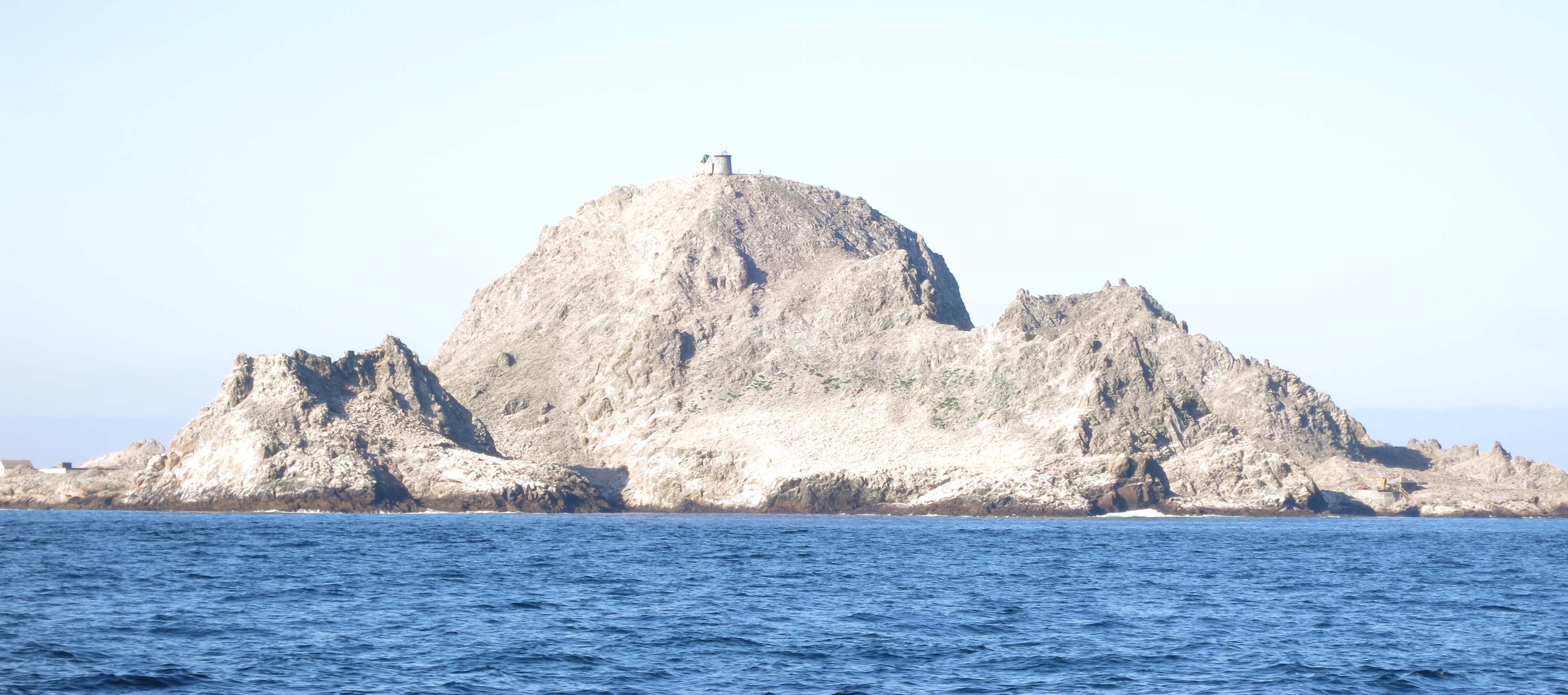 This last fall, we put in a 50Km 5.8Ghz link from the center of San Francisco (Twin Peaks) to the South East Farallon Island lighthouse using Ubiquiti Rockets. At first the link was unusable. This was mainly due to the fact that the long distance and shooting over water causes the received signal to vary wildly. This cased the radios to frequently and rapidly try to change the MCS (modulation scheme) and would make the link very lossy. Here are some settings I had to settle on to get the links to work.
This last fall, we put in a 50Km 5.8Ghz link from the center of San Francisco (Twin Peaks) to the South East Farallon Island lighthouse using Ubiquiti Rockets. At first the link was unusable. This was mainly due to the fact that the long distance and shooting over water causes the received signal to vary wildly. This cased the radios to frequently and rapidly try to change the MCS (modulation scheme) and would make the link very lossy. Here are some settings I had to settle on to get the links to work.
- Do not enable auto-negotiate for the signal rate on long links. The radios will auto negotiate data rates when the receive signal level changes. This will momentary drop the link while the ends sync up. If the signal is bouncing frequently this will make the link pretty lossy or not usable at all.
- Long links or links that are being interfered with will likely have problems with modulation schemes that have an amplitude component such as QAM. If so, use a modulation scheme that doesn’t have an amplitude component like BSFK where you can leverage “Capture Effect“. This would be MCS0 (1 chain) and MSC8 (2 chains).
- Fix the distance of the link to about 30% over the calculated distance. The auto-magic calculation that AirOS does typically is wrong with long links.
- Turn off AirMax on Point to Point links. AirMax is used to manage multiple clients on one AP more fairly. Not needed for P2P.
- Use as narrow of a channel you can support for the bandwidth you need. As per the AirOS manual…
- Benefit 1: It will increase the amount of non-overlapping channels. This can allow networks to scale better
- Benefit 2: It will increase the PSD (power spectral Density) of the channel and enable the link distance to be increased
- Drawback: It will reduce throughput proportional to the channel size reduction. So just as turbo mode (40MHz) increases possible speeds by 2x, half spectrum channel (10MHz), will decrease possible speeds by 2x.